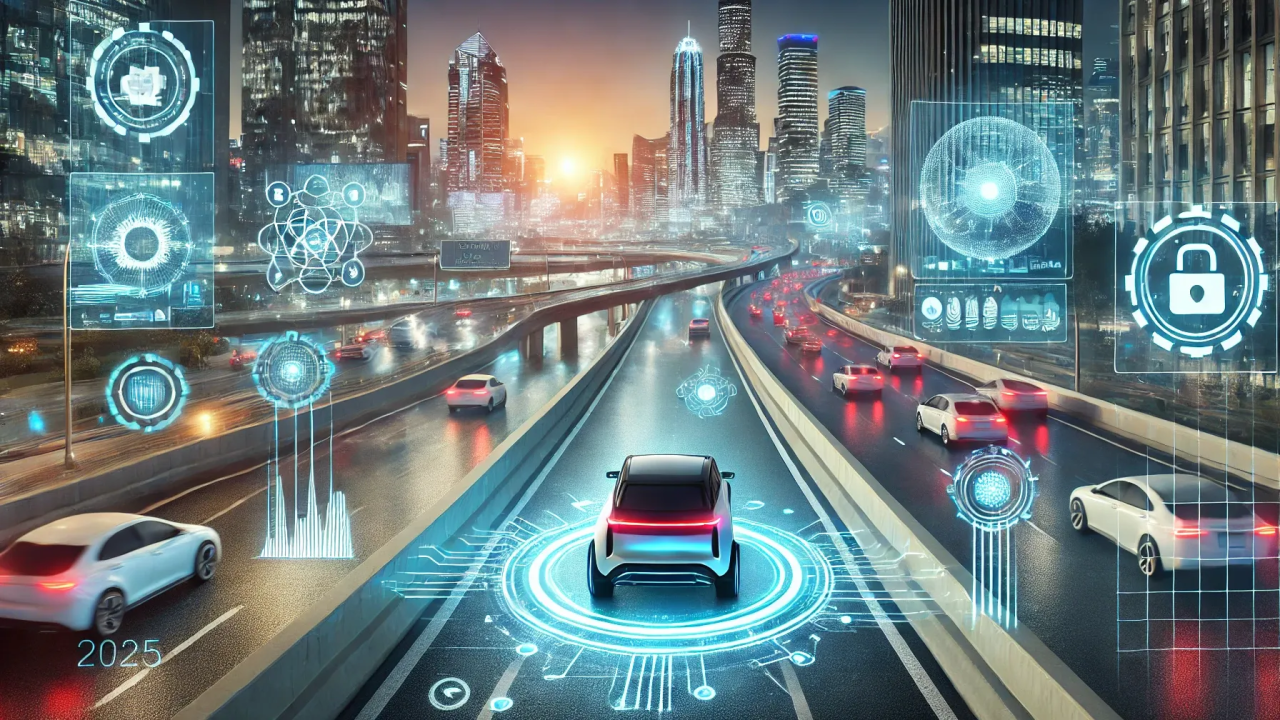
The Connection Between Cars and Cloud Technology in 2025
The automotive industry is undergoing a transformation that is more digital than mechanical, and at the heart of this evolution lies cloud computing. In 2025, modern vehicles are more than just modes of transport—they are data-generating, constantly-connected smart machines. Automakers are increasingly relying on both public and private cloud infrastructures to power vehicle software, over-the-air updates, autonomous driving systems, infotainment, fleet management, and predictive maintenance. Cloud platforms allow vehicles to interact in real time with servers, traffic systems, other cars, and user devices. Companies like Google Cloud and Amazon Web Services (AWS) have partnered with automakers to deliver scalable cloud-based solutions that support everything from voice assistants to battery analytics. Without cloud integration, the connected car ecosystem as we know it would be impossible to maintain or scale.
Take Tesla, for instance. While much of its AI model training happens on its in-house Dojo supercomputer, Tesla’s cloud architecture relies heavily on private cloud systems that collect driving data, update maps, and deploy software across global fleets. Similarly, BMW uses Microsoft’s cloud platform, Azure for Automotive, to offer smart factory solutions and connected vehicle services, enabling real-time data exchange between vehicles and the cloud. Meanwhile, Mercedes-Benz has invested in a hybrid model: its in-car MBUX infotainment system runs on embedded Linux, but it’s deeply connected to the cloud for services like navigation, AI voice interaction, and driver behavior analysis. Their collaboration with Salesforce and NVIDIA aims to unify customer experience through real-time cloud data access. This mix of open-source software and private cloud integration is a trend increasingly seen in both luxury and commercial automotive segments.
Cloud computing is also a cornerstone of autonomous driving. Cars powered by autonomous technology generate terabytes of data per day—far too much for on-board storage alone. That’s why companies like Waymo and Cruise offload data to the cloud for real-time simulation, machine learning model improvements, and decision-making processes. Even traditional automakers such as Ford and General Motors are shifting toward cloud-first strategies. Ford’s partnership with Google Cloud allows them to use AI models to predict vehicle health and manage supply chain logistics. On the commercial side, companies like Rivian and BYD use cloud platforms to manage EV performance, route optimization, and fleet energy consumption in real-time, creating a new layer of efficiency and sustainability. Cloud-native vehicle management platforms like ZeroG and TWAICE have emerged as key players, providing analytics for electric vehicle battery lifecycle and performance prediction through AI and cloud fusion.
As 2025 unfolds, the lines between automakers and tech companies continue to blur. Car manufacturers are becoming software companies, and software companies are integrating deeper into mobility infrastructure. The rise of edge computing also complements cloud reliance, allowing latency-sensitive processes—like obstacle detection or instant braking—to happen on the edge, while heavier computations stay in the cloud. Private clouds, particularly for autonomous fleets and commercial mobility platforms, are gaining traction due to security and compliance needs. But whether public, private, or hybrid, cloud technology is no longer a backend utility—it is a core enabler of vehicle intelligence, customer personalization, and scalable mobility. To understand how this space is rapidly evolving, platforms like TechTarget and Automotive News provide in-depth analysis on automotive cloud strategies that are shaping the roads of tomorrow.